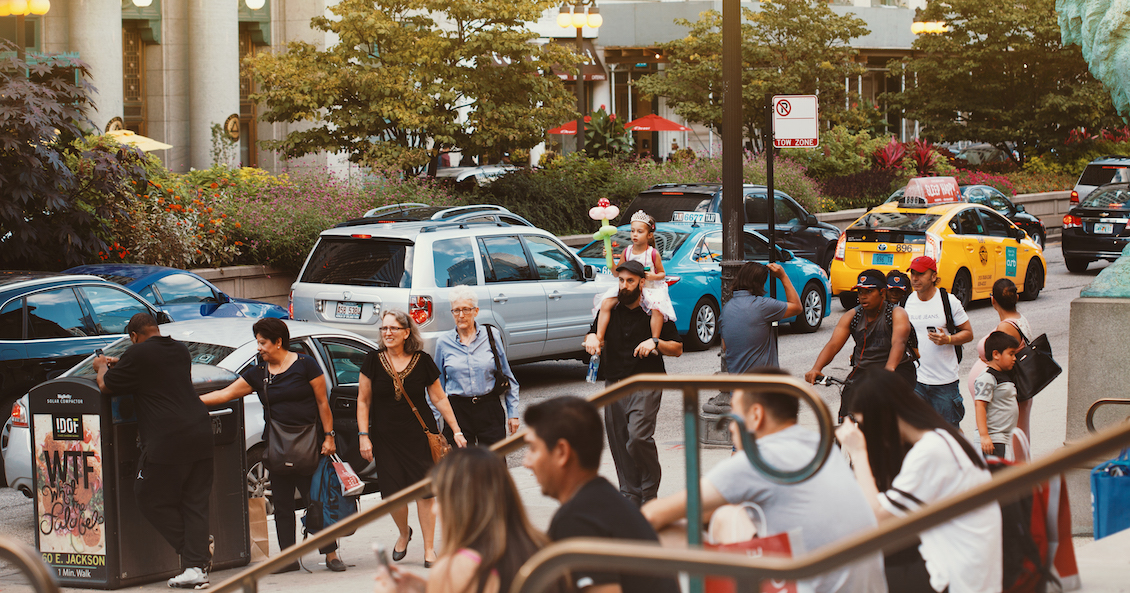A recent report on housing trends in Cook County shows an uptick in the share of households that own their homes, and a drop in the share of millennial renters.
The Institute for Housing Studies at DePaul University’s State of Rental Housing in Cook County report shows that Chicago’s renter population, as in much of the country, spiked in the immediate aftermath of the last recession, as a large swath of homeowners lost their homes due to foreclosure or were kept out of contention for homeownership by the economic turmoil of the time.
But as the economy has improved, more Cook County residents may be ready to make the transition from renting to owning their homes. Using data from 2017, the most recent year available from the U.S. Census’ American Community Survey, the report found that after peaking in 2015, the number of renter households in the county decreased by 20,911 in 2017 while owner households increased by 14,759. The share of renter-occupied households in Cook County decreased to 43.3 percent in 2017. That’s down from 44.2 percent in 2015, when renting reached its post-recession zenith in Chicago and many other cities.
The drop in renters has been mirrored by a drop in a certain type of rental. In recent years, two- to four-unit buildings in Chicagoland have declined greatly in number. In more affluent corners of the city, they have been replaced by single-family homes. In less well-off areas, these buildings have been beset with deterioration, vacancy issues and demolition. The researchers noted that the loss of this portion of the rental housing stock has exacerbated affordability concerns in much of the city.
While the overall drop in rental households is consistent with national trends, a few demographic elements stand out locally. Cook County’s share of renters making at least 120 percent of area median income, or about $82,000 per year, dropped for the first time in at least ten years, declining by almost 17,000 renters from 2016 to 2017, or about 9 percent. Also, after a slight rise in the number of renters age 25 to 34 from 2015 to 2016, that age group’s share of renters in the county dipped by almost 7 percent between 2016 and 2017.
On the other side of the demographic coin, more older adults in Cook County are turning to rentals. Those over the age of 55 were the only age group with an increased share of the renter population in the county between 2016 and 2017. The 2017 figures suggest renters over 55 account for 30 percent of the rental market in the county.
Also in keeping with national trends, those in the age range of 65 to 74 experienced a huge shift in their share of renters. That age group had 30 percent more renter households in 2017 than it had in 2012, an indication that for many baby boomers, downsizing for retirement may often mean moving into a rental and leaving homeownership in the rearview mirror.
